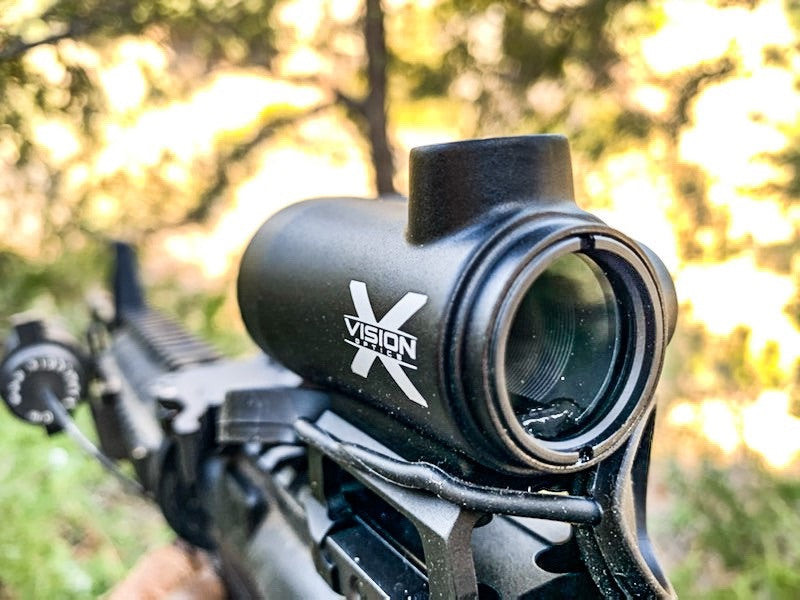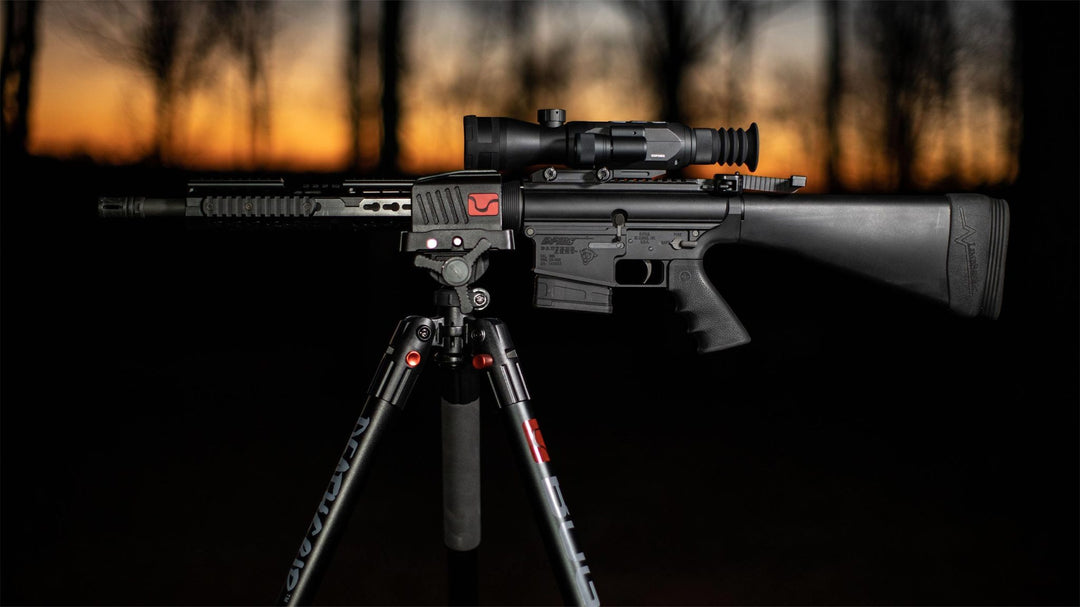Don’t worry—we’ve all been there. Everyone has heard “cowitness” but what does it actually mean? It’s one of those questions that we all seem to think we should just know. But what if we don’t? Sit tight as we explain it to you, so you can be the expert the next time it gets brought up.
What does Cowitness Mean?
Cowitness relates to how your irons sights are set up height-wise compared to your red dot. Most guns have fixed iron sights that are stagnant and won’t change height. This means that it is in relation to changing the height of your red dot. Typically, you will do this by placing your red dot on different size mounts. There are two different types: absolute cowitness and lower 1/3 cowitness.
What Does “Absolute” Refer to?
Absolute cowitness means that your red dot and your iron sight are lined up perfectly. So, in other words, if you were to aim at a target, your iron sight and your red dot would be one and the same.
What Does "Lower 1/3" Refer to?
Lower 1/3 cowitness means that when you aim at your target, your iron sight will appear lower than your red dot. It is called a “lower 1/3” because your iron sight appears in the bottom 1/3 of your field of view. One benefit of this is that your iron sight won’t be in the way of your aim. You can view the red dot without any obstruction.
Why is it Good to Know This?
In case your red dot sight runs out of battery, it’s good to know where it lines up relative to the iron sight on your gun. That way if you are in a pinch, you can still aim accurately through your iron sight by knowing how your red dot was lined up.Red Dot Sights and Other Options
Nowadays, people rely heavily on their red dot sights rather than iron sights because of their accuracy and reliability. These optics are ideal for targets that are about 150 yards or closer. Reflex sights are similar in size and style to red dot sights. X-Vision Optics offers thermal reflex sights that excel in dense cover and the darkest nights. This technology is exclusive to X-Vision. Learn more today!










